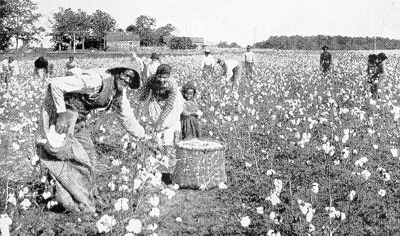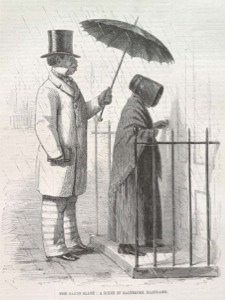Sign up for FlowVella
Sign up with FacebookAlready have an account? Sign in now
By registering you are agreeing to our
Terms of Service
Loading Flow



Life Under Slavery
In rural slavery on large plantations men, women and children worked from dawn to dusk in fields. They would be whipped by the leave driver to work faster. By 1850 most slaves work on plantations, others worked on small farms working with their owners and some worked in the city.
Urban slavery demanded slaves who developed specialized skills on plantations. Slaves filled skilled occupations such as blacksmithing or carpentry. Many enslaved women and children worked the same jobs as men in southern industry. Urban slaves spent more time beyond the watch of ther slave owners. Fredrick Douglas a free black man said that the differences between a rural and urban slave was that "a city slave is almost a freeman, compared with a slave on the plantation.


